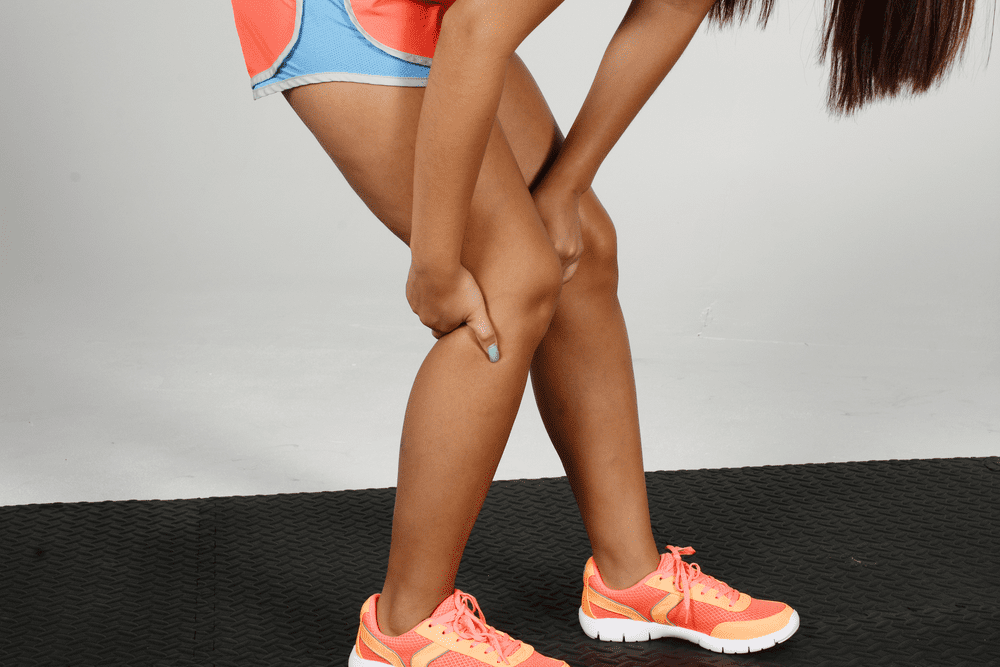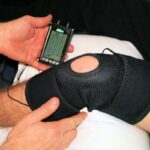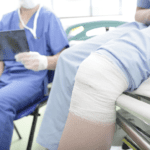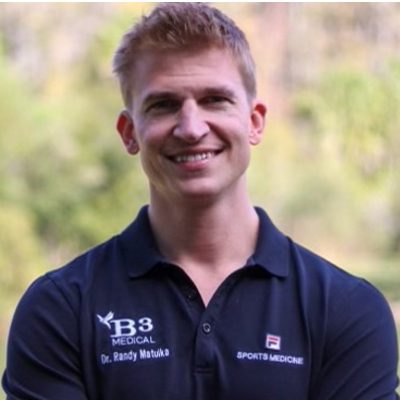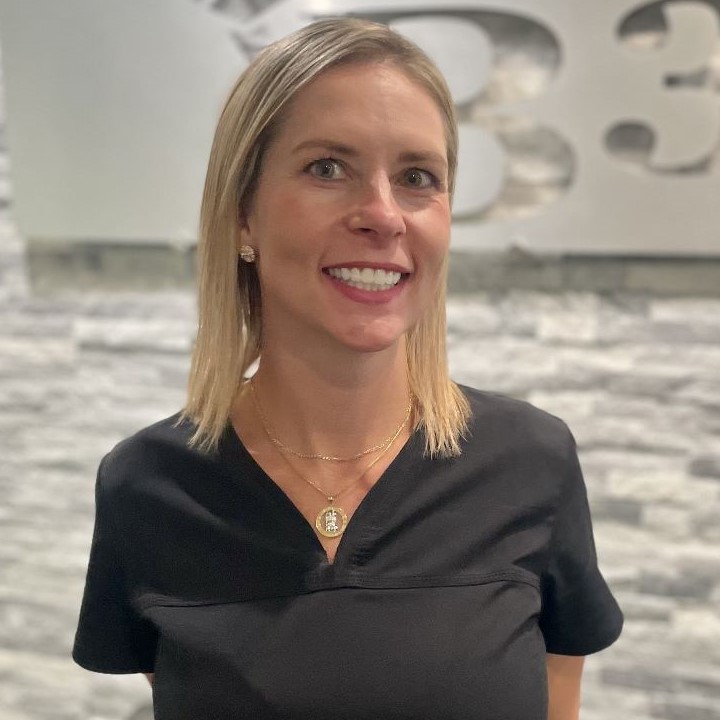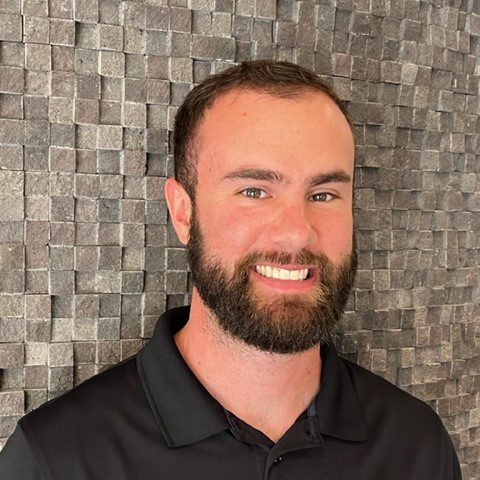Injuries are common during sports and training and can happen to anyone regardless of fitness or experience level. Some sports injuries occur due to accidents, while others result from incorrect training methods, inappropriate equipment, or inadequate warm-up and stretching. At B3 Medical in Wesley Chapel, FL, we recognize that physical fitness is an integral part of an athlete’s life and have expert sports medicine specialists committed to treating all your injuries and concerns.
What Is Sports Medicine?
Sports medicine is a field of medical practice dealing with physical fitness and treating injuries related to sports activities. It combines general medical practice with the unique doctrines of sports science, orthopedics, exercise physiology, and sports nutrition. A sports medicine team involves physicians, surgeons, sports psychologists, trainers, nutritionists, and physical therapists.
These specialists can treat vast conditions, including severe injuries like fractures, dislocations, or strains, and chronic conditions such as degenerative diseases.
Common Problems Addressed by Sports Medicine
Concussions
Concussions are common in most contact and collision activities like wrestling, football, and soccer. However, players in any sport can experience this injury. It occurs in many circumstances, such as when sports players collide during a match or when an athlete falls and hits their head against a hard surface. Concussions can also result from a sudden, forceful rotation of the head and neck or when there is a blow to the head.
Fractures
Fractures can happen to any part of the body and occur when bones crack or break due to a combination of biomechanical forces such as tensile, compression, and shear stress impact. They are frequent in sports like football and mostly affect the wrists, collarbones, hands, and bones in the feet. Fractures can be categorized as open or closed.
A closed fracture affects the skin and tissues close to the bone, while a clean fracture is a break that affects the bone only.
Knee Cartilage Injuries
The knee articular cartilage absorbs shocks and offers a smooth platform for bones to glide against each other. This cartilage, unlike most body tissues, cannot regenerate. Injuries often occur due to a sudden twisting or pivoting movement and are characterized by sharp knee pain often confined to the cartilage tear’s location. Protecting the articular cartilage is of paramount importance since continued injury can cause arthritis and degenerative wear.
Meniscal Tear
The meniscus is an elastic, C-shaped cartilage component that cushions and keeps your knee steady by balancing the body weight across the knee. A meniscus tear injury occurs due to an abrupt turning or twisting with the foot firmly planted and knee bent. It often happens when other knee components are injured. Sports and lifting heavy objects are risk factors. This injury may also result from old age, where the wear and tear easily damage the weak cartilage.
Nerve Compression Injury
The body’s nervous system consists of numerous nerves and functions as an information highway. Nerves convey messages and commands from your brain and spinal cord to other body parts. Though protected by a layer of tissue, nerves can easily be damaged by excessive pressure and cuts.
The injuries can cause loss of sensation and function and often result from trauma or illness when the nerves are cut, stretched, and compressed. Underlying conditions like diabetes and cancer can trigger nerve injury.
ACL Injuries
The anterior cruciate ligament (ACL) is situated inside the knee and connects your thigh bone to your shinbone. It is a stabilizing ligament that plays a crucial role when athletes abruptly start, pivot, or stop playing, as it often happens in football, basketball, and other high-impact sports. Injuries, mainly tearing, occur when a player makes a sudden twisting motion with a flexed knee while their foot is firmly fixed to the ground. The ACL can also tear due to improper landing after a collision.
Posterior Cruciate Ligament Injuries
The posterior cruciate ligament (PCL) pairs with the anterior cruciate ligament (ACL) and is among the four ligaments that keep the knee joint stable. It is twice as thick as the ACL and often experiences lesser injuries. In sports, damage to the PCL results from direct trauma, such as when the knee strikes the ground in a hyper flexed position. Damage can also occur with a blow to the posterior when the foot is flexed on the ground in contact sports.
Shoulder Dislocation
The shoulder joint is among the most frequently dislocated joints in the body. It is a ball and socket joint held in place by the rotator cuff, tendons, tissues, and muscles. A dislocation occurs when the ball part moves out of the shallow socket. This injury happens in contact sports when the arm is violently pushed out and away from the body. Recurrent dislocations may often occur due to damage to the bone and ligaments.
Shoulder Separation
A shoulder separation is the disjoining, partially or entirely, of the two shoulder parts; the collarbone and the shoulder blade’s end. It occurs when an athlete lands on either side of the shoulder with the arm at the person’s side. This injury is common in sports or activities with frequent high-impact falls, such as skiing and cycling. In hockey, shoulder separation mostly happens when a player strikes the board with the shoulder’s point.
Sprains and Strains
A sprain occurs when ligaments connecting your bones stretch or tear, often due to an abrupt twisting of a joint or a fall. A strain can be a minimal tendon stretch (tendons attach muscles to the bone) or a tear in the muscle-tendon arrangement. Severe strains result from overstretching, excessive muscle contraction, or a direct blow.
Sprains and strains are common in basketball, football, or baseball players and mostly affect the wrist, thumbs, ankle, and knees.
Tennis Elbow (Lateral Epicondylitis)
The elbow joint enables bending, straightening, and forearm rotation. It consists of three bones; the upper arm, the forearm on the thumb side, and the forearm on the pinky finger side. Lateral epicondylitis occurs when overuse causes inflammation of tendons that connect the forearm muscles outside the elbow. It is characterized by pain on the outside of the elbow, made worse by gripping objects.
This injury is common in activities like tennis, squash, carpentry, and weightlifting.
Tendonitis
Tendonitis refers to the inflammation of tendons, which connect muscles to bones. It commonly involves tendons in the elbow, shoulder, knee, and ankle. If left untreated, Tendonitis can be a chronic condition, where tendons break down and grow irregularly, causing prolonged pain and dysfunction.
This injury occurs due to muscle overuse and is common in sports that involve repetition of the same activity, such as jumping, overhead throwing, and running. Improper training can also cause Tendonitis.
Patellar Tendinopathy
Patellar tendinopathy, also known as ‘jumper’s knee,’ is an injury to the knee joint’s patellar tendon caused by stress that may lead to tiny tearing. It results from repeated running, jumping, and an increase in training intensity.
Get Treatment
Sports injuries are almost unavoidable in physical activities, and any participant in a sport is well aware of the likelihood of sustaining an injury. Sports medicine maintains and restores physical fitness, which is vital to a great sports experience and career longevity. Contact B3 Medical in Wesley Chapel, FL, for a diagnosis and a personalized treatment plan for all your sports-related problems.

